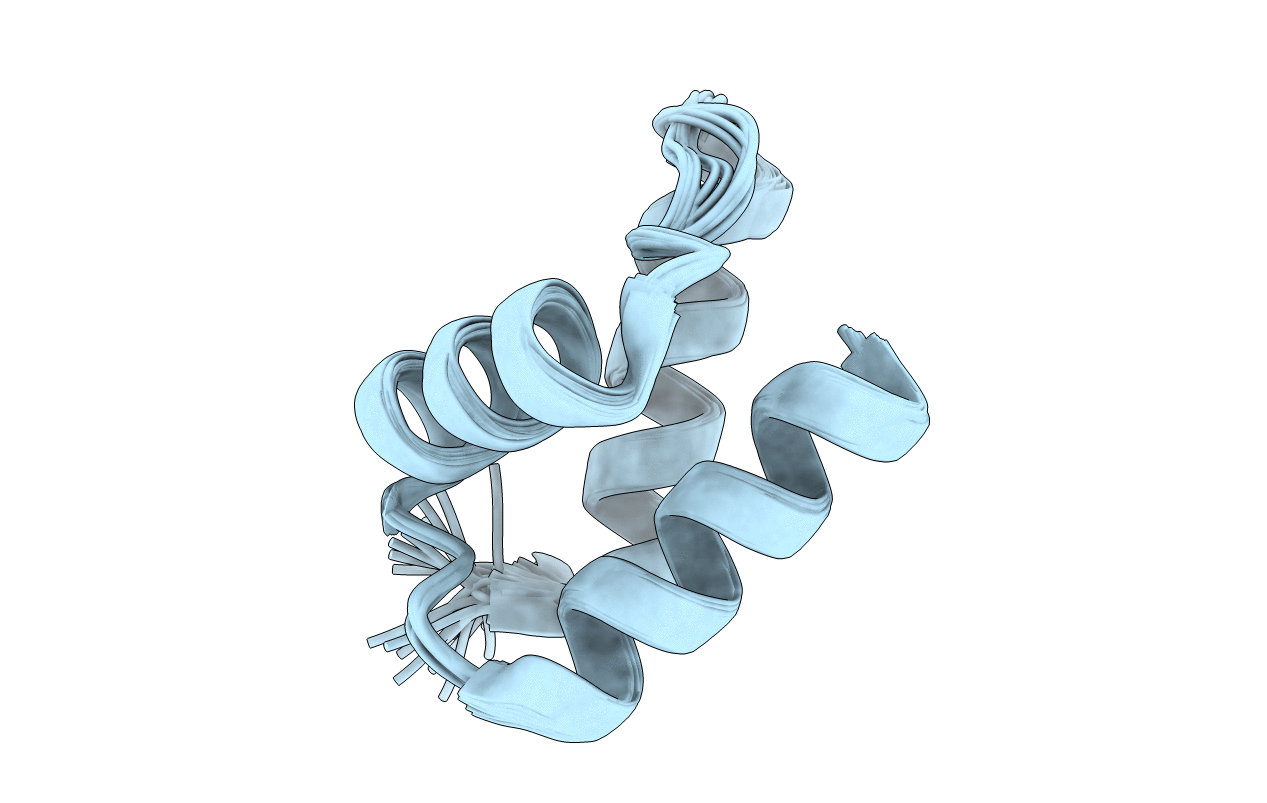
Deposition Date
2008-07-03
Release Date
2008-07-15
Last Version Date
2024-05-15
Entry Detail
PDB ID:
2VXD
Keywords:
Title:
The structure of the C-terminal domain of Nucleophosmin
Biological Source:
Source Organism:
HOMO SAPIENS (Taxon ID: 9606)
Host Organism:
Method Details:
Experimental Method:
Conformers Calculated:
150
Conformers Submitted:
20
Selection Criteria:
LEAST RESTRAINT VIOLATION


